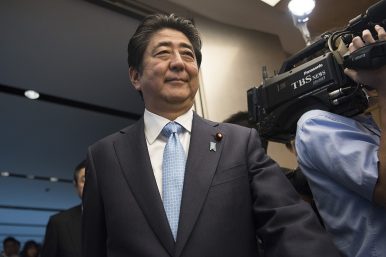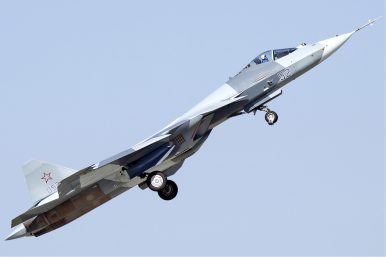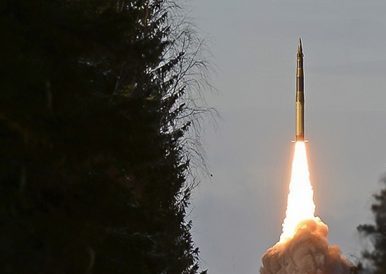By Sumit Ganguly
 On July 22, during a White House meeting with Pakistani Prime Minister Imran Khan, U.S. President Donald Trump made a surprise offer to mediate the long-running dispute between India and Pakistan over Kashmir. “It is impossible to believe,” Trump said, “that two incredible countries who are very, very smart with very smart leadership can’t solve a problem like that. If you would want me to mediate or arbitrate, I would be willing to do it.”
On July 22, during a White House meeting with Pakistani Prime Minister Imran Khan, U.S. President Donald Trump made a surprise offer to mediate the long-running dispute between India and Pakistan over Kashmir. “It is impossible to believe,” Trump said, “that two incredible countries who are very, very smart with very smart leadership can’t solve a problem like that. If you would want me to mediate or arbitrate, I would be willing to do it.”
Even more surprising, Trump claimed that Indian Prime Minister Narendra Modi had sought his intervention in the matter. For informed observers, this claim was hard to believe. And indeed, within hours of Trump’s statement, India’s foreign minister strenuously denied that Modi had made any such suggestion. More to the point, he reiterated India’s long-standing position that the Kashmir dispute must be solved through strictly bilateral negotiations between India and Pakistan. Modi, probably wanting to avoid implying that Trump was a liar, maintained a studious silence.














/arc-anglerfish-arc2-prod-mco.s3.amazonaws.com/public/3USLRXGCI5A75AEOJXL6KU6YCY.jpg)


/arc-anglerfish-arc2-prod-mco.s3.amazonaws.com/public/MGVLPWBKOFGHZCWKUEKQKJPCO4.JPG)

/arc-anglerfish-arc2-prod-mco.s3.amazonaws.com/public/Q5XTE3J7MVE5RIGGQ3IFE7EMDE.jpg)

